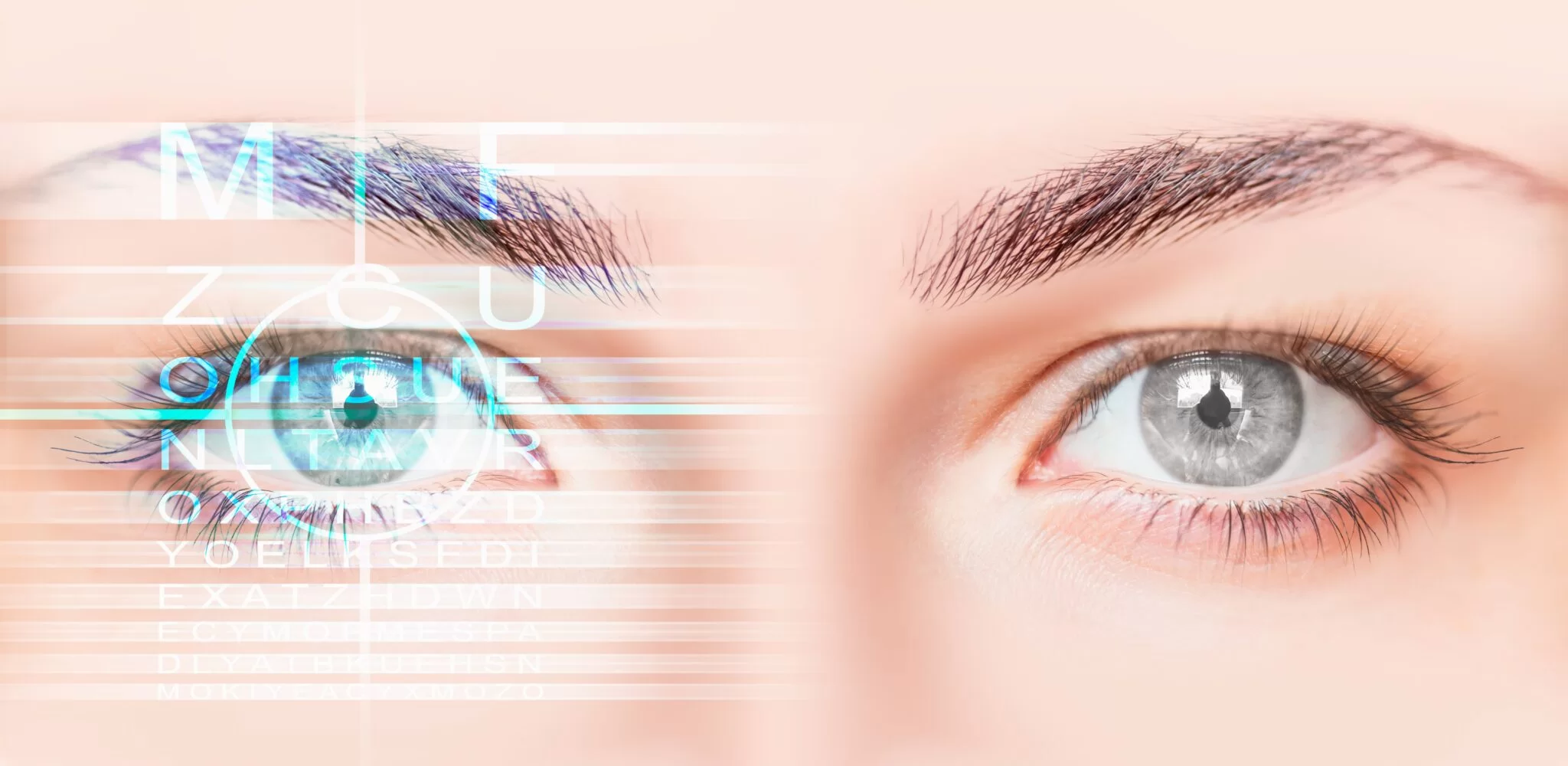QUICK APPOINTMENT FORM

What is Diabetic Retinopathy?
Diabetic retinopathy is a complication that occurs in diabetic patients and affects the retina, the light sensitive layer at the back of the eye. High blood sugar levels can damage the capillaries in the retina, leading to vision problems and blindness in progressive cases.
Especially for this reason, it requires early diagnosis and treatment. While there are many methods for the treatment of diabetic retinopathy, diabetic retinopathy can be eliminated with these treatments.
What Causes Diabetic Retinopathy?
High blood sugar levels can damage the blood vessels in the retina over time, which can lead to various problems. Damage to blood vessels is the most common cause of diabetic retinopathy. Causes of diabetic retinopathy include
- Microaneurysms
- Soft exudate
- Neovascularisation
- Vitreous haemorrhage
- Macular degeneration
- Eye pressure
The risk factors for diabetic retinopathy are as follows:
- The longer you have had diabetes, the higher your risk of developing retinopathy.
- The better your blood sugar levels are controlled, the lower your risk of developing retinopathy.
- High blood pressure increases the risk of retinopathy.
- High cholesterol levels increase the risk of retinopathy.
- Smoking significantly increases the risk of retinopathy.
- Diabetic pregnant women have a higher risk of developing retinopathy.
- Diabetics with kidney disease have a higher risk of retinopathy.
What are the Symptoms of Diabetic Retinopathy?
Diabetes is a complex disease that can affect not only your blood sugar, but also the health of your eyes. Diabetic retinopathy is one of the most common eye complications of diabetes and can lead to vision loss over time.
However, if diabetic retinopathy is diagnosed and treated early, it is possible to prevent or delay vision loss. The most common symptoms of diabetic retinopathy include
- Blurred or fluctuating vision
- Sudden changes in visual acuity
- Dark spots or blotches in the visual field
- Difficulty seeing at night
- Fading of colours
What are the Treatment Methods for Diabetic Retinopathy?
Treatment of diabetic retinopathy varies depending on the stage of the disease and the general health status of the patient. The aims of treatment include preventing or delaying vision loss, treating complications in the retina such as macular oedema and preventing the formation of new blood vessels.
Diabetic retinopathy treatment methods are as follows:
- Anti-VEGF and steroid drugs can be used by intraocular injection to treat complications in the retina such as macular oedema. Injections are given every few weeks or once a month.
- Laser therapy is used to close or shrink abnormal blood vessels in the retina. This procedure is usually performed as an outpatient and is painless.
- Vitrectomy is the surgical removal of some or all of the vitreous gel at the back of the eye. It is used to treat serious complications such as haemorrhage in the retina.
- In some cases, other surgical procedures or medications may be used to treat diabetic retinopathy.
It is important for diabetic patients to have a comprehensive eye examination at least once a year.
How is Diabetic Retinopathy Treatment?
In advanced stages of diabetic retinopathy, surgical procedures such as laser treatment or vitrectomy may be necessary to preserve vision. Your doctor may recommend vitrectomy surgery in the following cases
- Macular oedema
- Proliferative diabetic retinopathy
- Vitreoretinal traction
There are two main types of surgery used to treat diabetic retinopathy. In laser treatment, a laser beam is used to the retina to close or shrink abnormal blood vessels. It helps prevent or improve vision loss caused by macular oedema. It can reduce the risk of bleeding caused by diabetic retinopathy. Vitrectomy is a microsurgical procedure to remove the gel-like substance called vitreous from the eye. It can be used to remove shrinkage in the retina, to clean intraocular haemorrhage or to remove damaged tissue in the retina.
Before the operation, your ophthalmologist will give you information about what to expect from the operation and answer any questions you may have. During the surgery, your eyes will be numbed and your eyelids will be kept open.
Your doctor will use a microscope and other special instruments to perform the surgery. Laser treatment is usually quick and painless. Vitrectomy is a slightly more complicated procedure and may take several hours.
How Much Does Diabetic Retinopathy Treatment Cost?
Diabetic retinopathy treatment price varies depending on the underlying cause and the operation to be performed. The treatment plan to be created by our specialist ophthalmologist depending on the detailed examination results may vary from person to person.
Please click here for appointment and price information.
The above information is for informational purposes. If you have any medical concerns or questions, please make an appointment with our ophthalmologists.



















